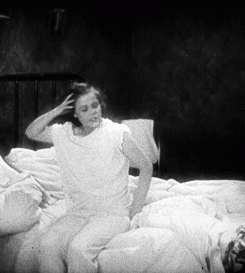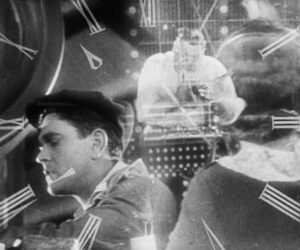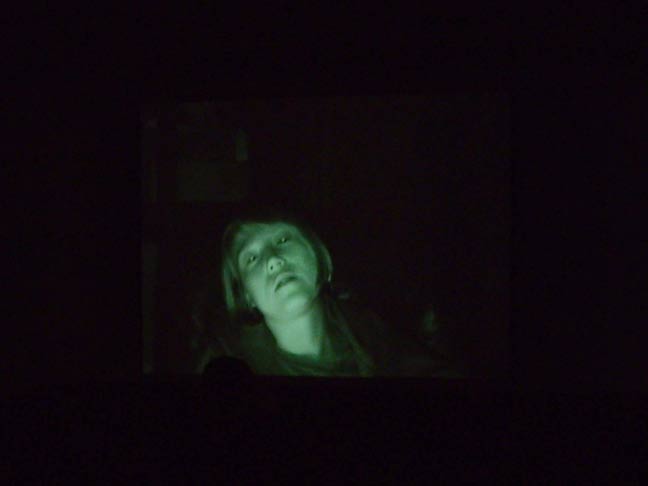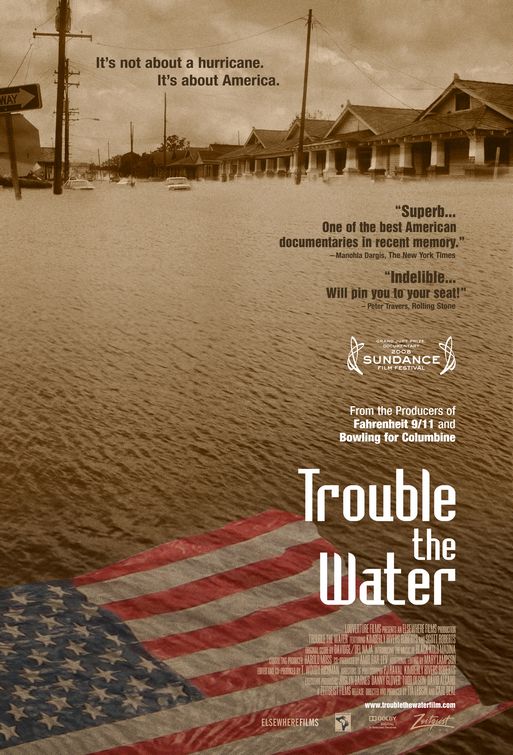

Paul Fejos’s exquisite, poetic 1928 masterpiece about love and estrangement in the big city deserves to be ranked with F.W. Murnau’s Sunrise and King Vidor’s The Crowd from the same period, though it’s not nearly as well-known. Equally neglected is Fejos himself, a peripatetic Hungarian who made striking films in Hungary, Hollywood, Austria, and France in the late silent and early sound era before becoming an anthropologist — and making a few ethnographic films that are even harder to find. Lonesome, which has some dialogue, begins with a dazzling evocation, using superimpositions and diptychs, of the hero and heroine, who haven’t yet met, as they wake and pursue their morning work routines. They meet at Coney Island that afternoon, lose track of each other in a crowd, then are reunited back in the city in a surprising diptychlike scene. Fejos was already interested in ethnographic archetypes when he made this picture, which makes city life seem like a labyrinth in a fairy tale — as intricate and inscrutable, but also as enchanted. 69 min. The opening event of the weekend symposium “Cinema as Vernacular Modernism”; a 35-millimeter print will be screened. Univ. of Chicago Doc Films, 1212 E. 59th St., Read more
From the Chicago Reader (March 4, 2005). — J.R.

Chain
*** (A must-see)
Directed and Written by Jem Cohen
With Miho Nikaido and Mira Billotte


Chain, the first solo feature by film and video artist Jem Cohen, is a strange mix of documentary and fiction about malls and similar commercial spaces. It’s meditative rather than action packed, and the creepiness it exposes has as much to do with absence as presence. But it deserves more attention than the single local screening it’s getting at Columbia College. I suspect it’s not getting more because it was partly funded by European television, because distributors never know how to package films that merge documentary and fiction, and because it belongs to the netherworld between film and art (it’s playing in conjunction with the Museum of Contemporary Photography’s exhibition “Manufactured Self”). It hasn’t even made the art-house circuit, which is a loss: it’s highly ambitious, has plenty to say, and is far from inaccessible.
Chain was shot in 16-millimeter over six years in hundreds of malls around the world — Atlanta, Dallas, Orlando, Berlin, Paris, Warsaw, Melbourne. That it’s impossible to tell the malls’ locations is part of the point. “I began the project,” says Cohen in his press notes, “by deciding to focus on the corporate and commercial landscapes that I had previously ‘framed out’ in my filmmaking, and to try to understand how these places were affecting the people within them. Read more
Here’s the unedited version of a review I wrote for In These Times, published in their September 3, 2008 issue. — J.R.

I can’t quite follow all of the offscreen sound bites preceding the main title of Tia Lessen and Carl Deal’s Trouble the Water. But it’s clear from the media voices I can transcribe that they concisely present this documentary’s agenda — at the same time we see the intertitle “September 14th 2005/Central Louisiana” appear onscreen and then get our first glimpses of some of the people who’ll shortly become this documentary’s central characters, seated around a picnic table.
Two of the offscreen voices come from George W. Bush; the others all sound like they come from newscasters or interviewees:
1. Read more






